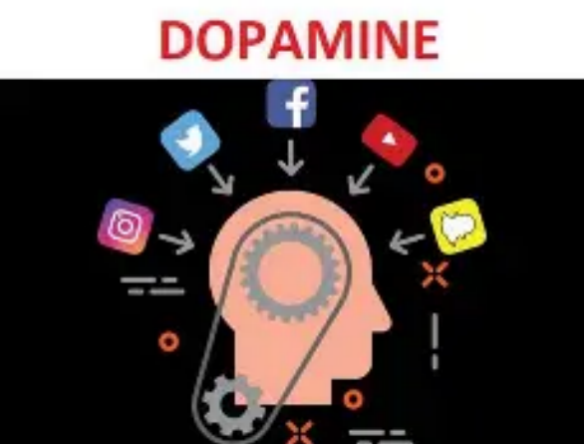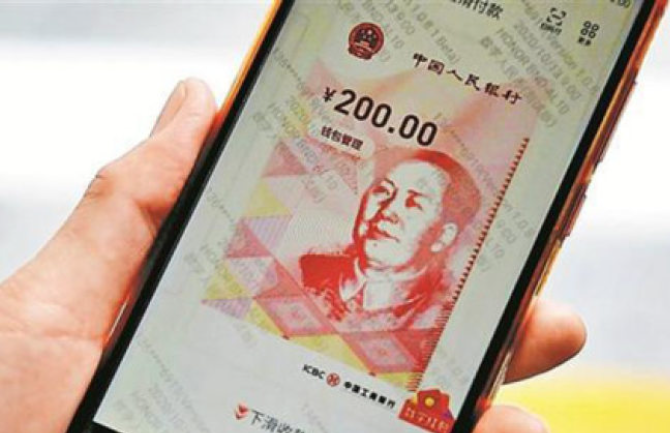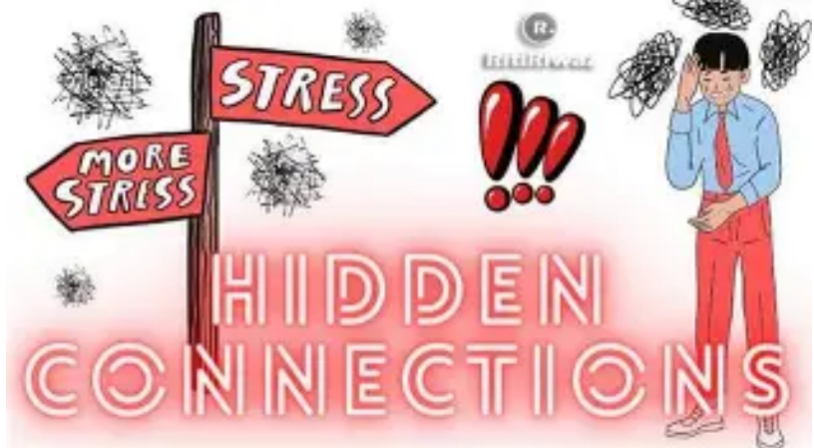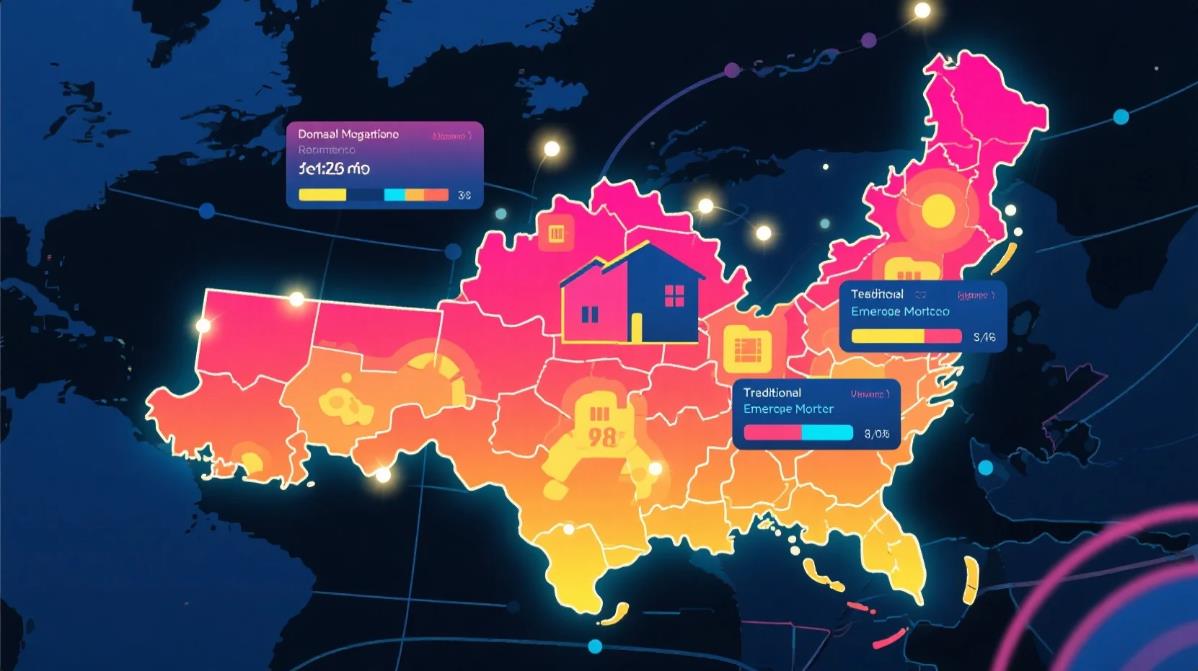Consumer finance options like loans, credit cards, and Buy Now Pay Later (BNPL) schemes are marketed as easy to access, yet they frequently widen the gap between different social classes. While some individuals find themselves spiraling into debt and remaining in poverty, others leverage these financial instruments to accumulate wealth. This disparity stems not only from differences in earnings but also from the way that financial services interact with existing barriers and behavioral tendencies.
The “Mismatch of Financial Tools” Dilemma
Affluent people often benefit from low-interest and flexible financial products, such as premium credit cards that offer rewards, affordable mortgages, or business loans with favorable terms. In contrast, those with lower incomes tend to depend on more expensive options like payday loans that come with extremely high annual rates, subprime car loans, or rent-to-own plans. A single payday loan, if rolled over each month, can escalate to three times the initial amount owed within a year. This discrepancy—where basic needs are financed through costly tools—turns small loans into significant financial stress, whereas wealthier individuals can use cheaper credit to invest and increase their assets.
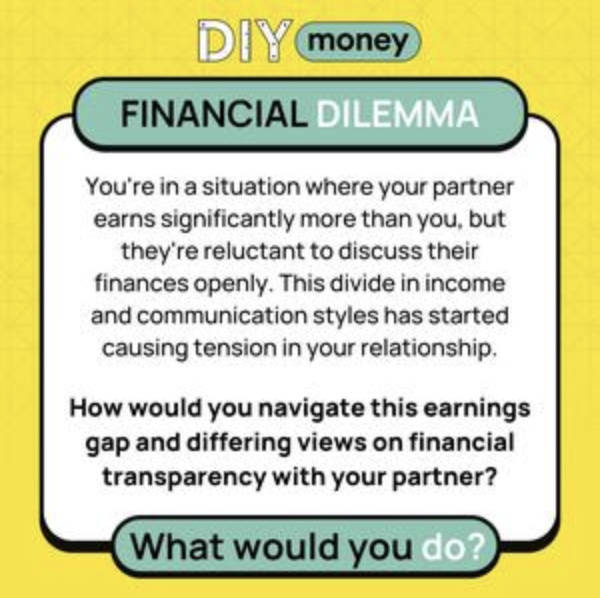
The “Hidden Costs” that Intensify Debt
For lower-income borrowers, consumer finance is filled with unseen expenses, such as late fees, charges for exceeding credit limits, penalties for early payment, and required insurance. A subprime car loan may come bundled with an expensive “loan protection plan” and ongoing late charges for failure to make timely payments. These additional costs aren’t merely extras; they accumulate over time. If a borrower misses a single payment, their debt can increase dramatically, making it more challenging to pay future obligations. In contrast, wealthier individuals can often sidestep these costs by paying on time or negotiating fees, while for others, such expenses become a constant strain on already stretched budgets.

The “Behavioral Exploitation” of Scarcity
The feeling of scarcity—constant worries about finances—affects people’s ability to make sound decisions. Lenders take advantage of this stress: payday loan businesses often cluster in low-income areas, promoting “quick cash” solutions rather than highlighting long-term implications. BNPL applications entice users with easy checkout options that encourage hasty borrowing for items (like clothing and groceries) that they cannot afford. Someone anxious about rent might take out a loan without fully understanding the terms, later discovering it has a shocking 200% APR. Meanwhile, wealthier individuals can afford to evaluate their options calmly, allowing them to avoid such pitfalls.
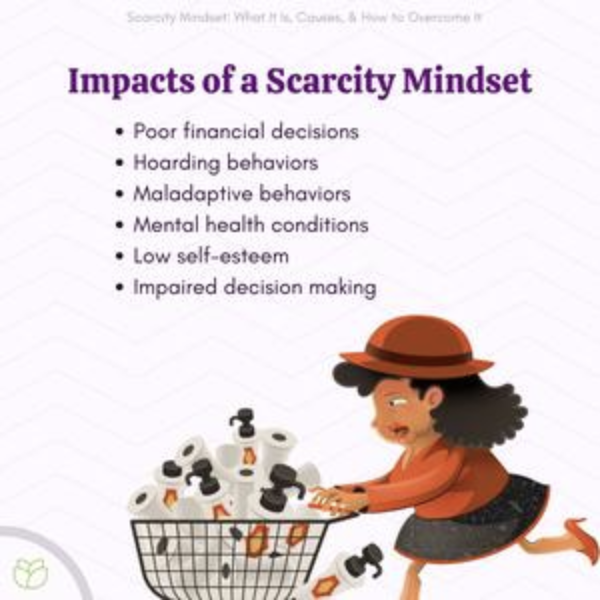
It Hinders “Asset Building”
Financial products geared towards low-income individuals seldom facilitate asset ownership. For instance, a rent-to-own couch may end up costing 2-3 times more than if purchased outright, and the borrower won’t truly own it until the final payment, which many don’t make. Similarly, a subprime car loan might keep someone in a faulty vehicle requiring constant repairs, which can limit access to better-paying job opportunities. In contrast, wealthy individuals utilize credit to acquire assets, whether it’s a mortgage for an appreciating home, a business loan to launch a company, or a credit card for making investments. For them, credit is a means to build wealth, while for others, it acts as a barrier to ownership.
Consumer finance is not impartial; it serves as an instrument that reinforces class disparities. Those who borrow their way into poverty are not “bad with money”; instead, they are navigating a flawed and exploitative system with limited options. Unless financial products are created to be equitable and accessible for everyone, the cycle of falling into poverty through borrowing will continue.



